While wallcoverings without a pattern are easier to estimate, the majority have a design or pattern. Patterned wallpaper requires more material than its solid counterpart because you have to factor in the pattern repeat, which is the vertical distance between where the pattern becomes identical again, or repeats. It should be indicated on the label or under the product specifications if sold online.
For an example, we will use a patterned wallpaper with an 18-inch repeat and 61 square feet per double roll, installed on four walls.
I’ve created a mock-up room here, with two 20-foot-long walls and two 15-foot-long walls that are all 8 feet high. I’ve also added two windows at 2 by 3 feet each and a doorway at 3 by 6 feet. To keep you on your toes, I will also toss in a 4-inch baseboard, but no crown molding. So let’s give it a try!
Steps for the square-foot method:
1. Measure or convert the height of the wall surface in inches. So a wall height of 8 feet equals 96 inches. Subtract a 4-inch baseboard and you get 92 inches. (8 feet = 96 inches. 96 inches – 4 inches = 92 inches.)
2. Divide the wall height number by the pattern repeat of your wallpaper in inches. Remember, we’re using an 18-inch pattern repeat for our example. Round any fractions up to the next whole number. (92 inches ÷ 18 inches = 5.11 inches. Round up to 6 inches.)
3. Multiply the result from step 2 by the pattern repeat in inches. This number serves as the modified ceiling height, which accommodates for the wallpaper pattern. You’ll use this number to calculate the wallcovering quantity instead of the physical ceiling height. (6 inches x 18 inches = 108 inches. 108 inches is the modified ceiling height.)
5. Measure the total width of all the walls in feet. We’ll use the dimensions of our mock-up room. (20 feet + 15 feet + 20 feet + 15 feet = 70 feet.)
6. Multiply the modified ceiling height from step 4 with the width from step 5 to find the total area. (9 feet x 70 feet = 630 square feet, the total area.)
7. Add 20 percent waste to the total area. So you’ll multiply the total area by 1.20. (630 square feet x 1.20 = 756 square feet, the total area, including waste.)
8. Calculate the area of any doors or windows and deduct this square footage from the quantity determined in step 7. Again, we’re using our mock-up room and its hypothetical window openings. (2 feet x 3 feet = 6 square feet per window; 6 square feet x 2 windows = 12 square feet.)
Don’t forget the door opening! (3 feet x 6 feet = 18 square feet for the door.) Add this to your window opening total in step 8 (18 feet + 12 feet = 30 square feet total deductions.) Now subtract this from your total square footage found in step 7. (756 square feet – 30 square feet = 726 square feet.)
This is the total square footage of wallpaper needed.
9. Divide the total square footage of wallpaper needed from step 8 by the area per roll of your wallpaper. Double-check your particular sample. The label should indicate the number of square feet per roll, and you can also find this information if the wallcovering is sold online. (Most 27-inch-wide U.S. wallpaper contains 61 or 72 square feet per double roll. European and metric wallcoverings differ.)
In our example, we are using 61 square feet per double roll. (726 square feet ÷ 61 square feet per double roll = 11.9.)
10. Round any fractions in step 9 up to the next whole number to find the number of rolls you need to order. So if you round 11.9 up, you’ll need 12 double rolls of wallpaper.
Staircases can be tricky to estimate since you’ll need to break up your particular configuration into a series of triangles to figure the area. Remember high school geometry? If not, here’s a formula refresher for calculating triangle areas.
However, if you feel that the project is over your head — with several daunting angles and shapes — you may want to call a professional paperhanger to estimate and install your project.
- Always use a metal roll-up measuring tape or yardstick, not a flimsy fabric measuring tape.
- Be aware that there are different approaches to estimating. This is the way I learned; some folks don’t subtract square footage for smaller-sized windows and doors but also don’t add an extra waste factor.
- If you’re ordering wallpaper at a retail store, take advantage of customer service to help double-check your calculations.
- It’s always a good idea to order an extra roll or two on top of the quantity you calculate just in case you run into an installation accident or for repairing damaged wallcovering in the future.
- Order extras with your initial order so that all the rolls are shipped from the same dye lot. The wrapper on the wallcovering roll will have a dye lot number on it, and this number should be the same for your entire order. A dye lot is a tracking number the identifies the material’s fabrication run. Materials from different dye lots will vary in color. Color variances between dye lots can range from low and barely noticeable to very high.



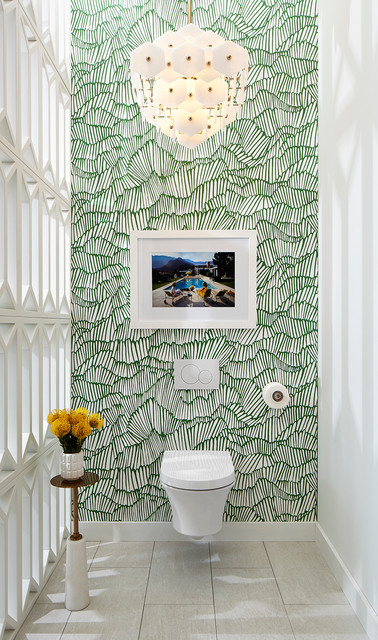

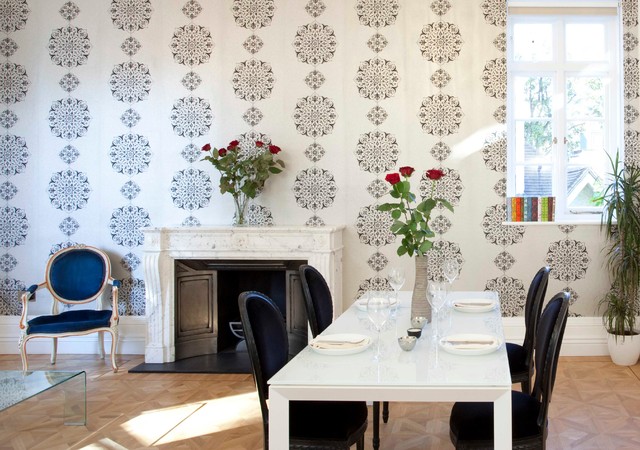
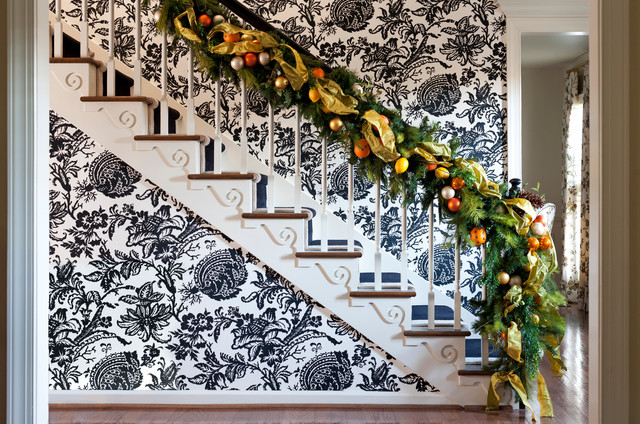

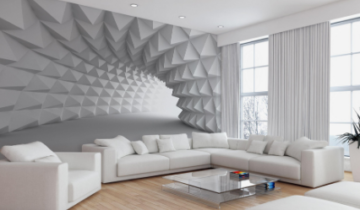
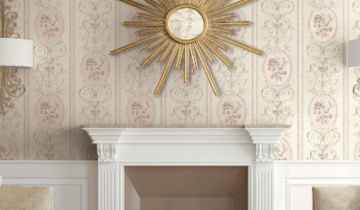
 No products in the cart.
No products in the cart.
Overview: The square-foot method, as its name implies, calculates the overall square footage of the area to be wallpapered by multiplying the total wall width by the wall height. The wallpaper pattern repeat and deductions for openings are typically taken into consideration. The area of one wallcovering roll is divided into the total area to determine the number of rolls needed.
Pro: Least complicated method to estimate wallcovering in comparison with another approach known as the strip method.
Con: Less accurate than the strip method
Situations the square-foot method is most useful for: